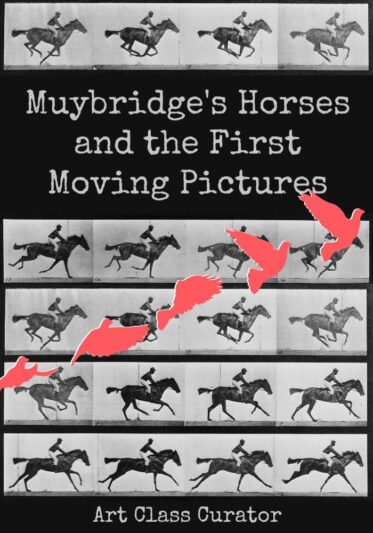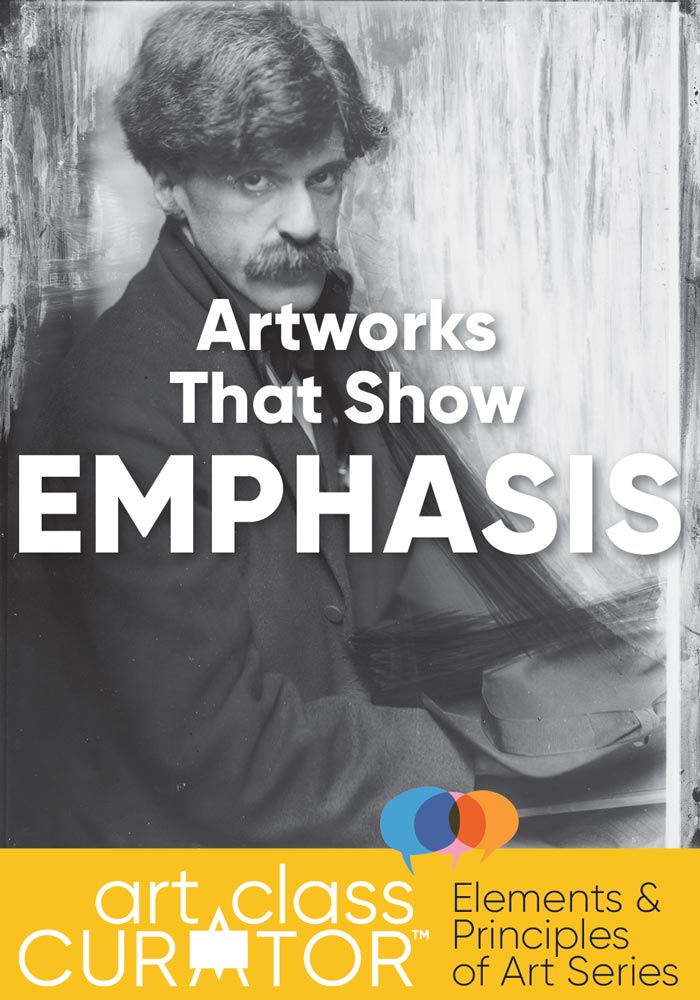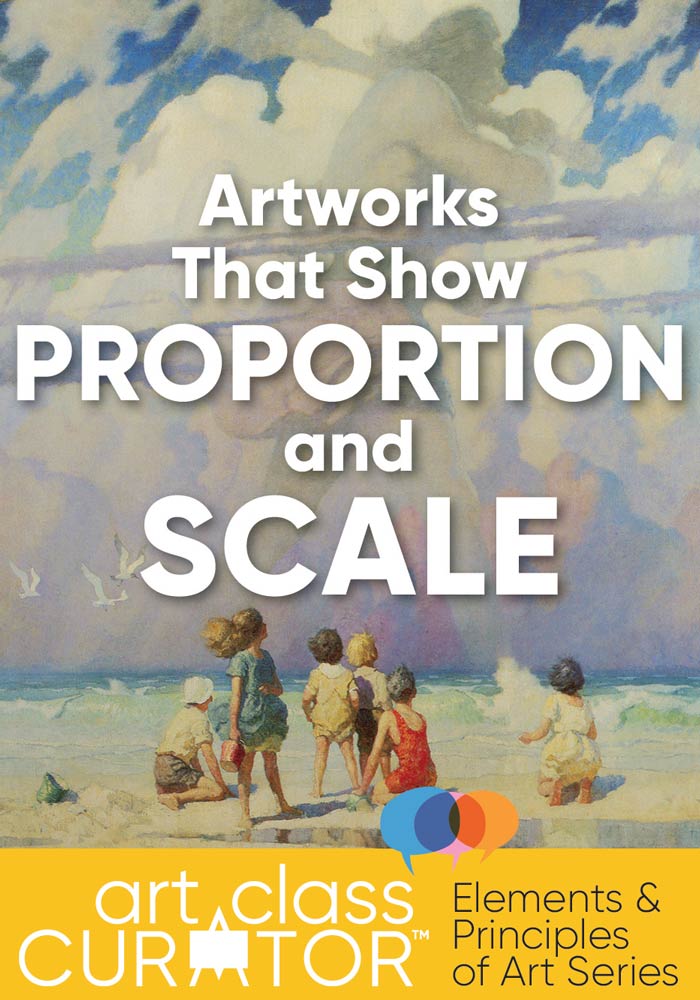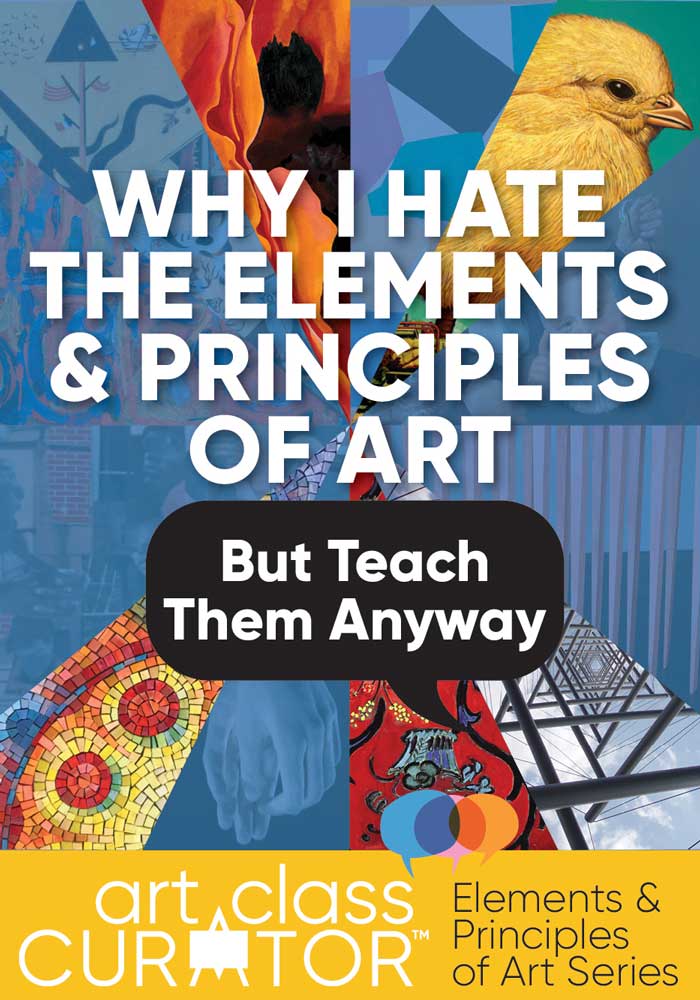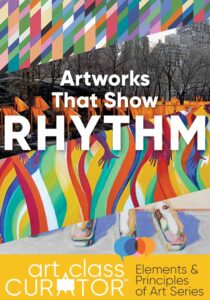Inside: Explore how a horse bet led to the first moving pictures. Study Eadweard Muybridge Horse in Motion and its impact on the future of photography and film. Then, stay tuned for next week’s post outlining a lesson plan and project inspired by this early photographic technology.

What do you think was so revolutionary about this set of pictures?

Eadweard Muybridge, born Edward Muggeridge in England in 1830, moved to America at age 20 where he first worked as a publisher’s agent and bookseller. During his time in San Francisco, he discovered photography and eventually became known for his landscape and architectural subjects.
In early America, the new invention of photography was a hot commodity and artists used photography to show the grandeur of the American West. Muybridge is especially known for his photographs of Yosemite.

Reading through his history, he seems to be a colorful character with a Hamiltonian will to succeed.

“I am going to make a name for myself. If I fail, you will never hear of me again.”
—Eadweard Muybridge
During his time as a professional photographer, Muybridge tinkered with and invented new photography methods, but he is most well-known for developing the technology that led to the first moving pictures.
And it all started with a bet.

Get the Full Lesson!
This Lesson is in The Curated Connections Library!
Find the full lesson from this post along with hundreds of other art teaching resources and trainings in the Curated Connections Library. Click here for more information about how to join or enter your email below for a free SPARKworks lesson from the membership!
Eadweard Muybridge Horse in Motion
Take a look at this running horse and study the feet. Is there ever a time when all four legs of the horse are off the ground at the same time or is one foot always down? Can you tell?
That was the question that former California Governor and railroad tycoon Leland Stanford brought to Muybridge. He was convinced that the horse did get fully-airborne in his stride, and he wanted proof.

The slow shutter speed of the current technology, as well as the inability to take photos in rapid succession, didn’t allow for photographing things in motion, so Muybridge worked with a system of triggers to take multiple photographs of the horse as it ran.

His photographs proved Stanford’s assertion that a horse’s legs do all come off of the ground at one point, and Stanford won the bet.
Muybridge continued his research, thanks in part to further funding from Stanford and from the University of Pennsylvania, to develop new technologies for photographing things in motion.

The First Moving Pictures
Eventually, his discoveries led to his invention of the Zoopraxiscope which was one of the earliest devices for projecting moving pictures.
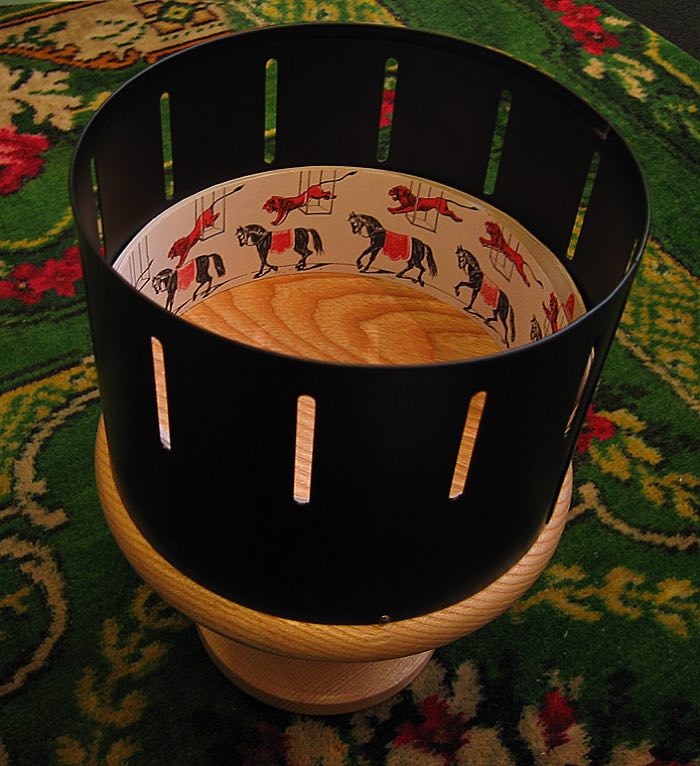
He based his idea on the Zoetrope which is a device dating back to the early 1800s. In the cylindrical device with slits cut out of the side, the artist placed a strip of drawings showing a figure at various states of movement. When you spin the device and look through the slits on the side, the figure looks like it moves.
Watch this video to see how it works:
On Muybridge’s Zoopraxiscope, the images were painted onto glass disks, which were spun and projected onto the wall.

This video explains how the artist had to manipulate the images to make sure the proportion in art came out right on the projection.
Zoetrope Extensions
Want to take the Zoetrope into the 20th century? Check out this contemporary animator who rediscovered the zoetrope and then expanded the idea to sculpture, video, and installation art. I was totally blown away by the spinning centrifuge sculpture.
Muybridge-Inspired Art Lesson and Project
Last year, I taught about Muybridge and his innovations to my 8th-grade students and did a related flipbook art project. Check back next week for the details of that lesson and project. Scared you might forget? Join my mailing list now to get the notification!
If you like this, you may also like:
- Photo Analysis Worksheet and Learning Activities
- I am… Dorothea Lange: Exploring Empathy Art Lesson
- The Role of Art in the Exploration of the American West
- The Peale Family of Artists
- Manifest Destiny Art with Printable
- Kinesthetic Learning in Art: Artworks That Make You Move
Bibliography
- Biography.com, Eadweard Muybridge
- The Atlantic, The Man Who Captured Time
- Wikipedia, Eadweard Muybridge

